Modern technologies in agriculture industry have automated many farms by making the future of crop production more efficient and profitable.
agriculture Industry jobes
These technologies help showcase the ABCs in high-tech products and services that are changing the face of agriculture, to give readers a glimpse of the future of farming. Complete A to Z list of technologies transforming the agricultural industry. Other readers may like Top 10 Technologies for Farming 20 Technologies are Transforming Farming. As part of A-to-Z Week, Farm Industry News brings out an A-to-Z alphabet of technologies transforming farming. This week we start with sections of the AG alphabet. Advanced Biofuels In the future, farmers will produce more than just corn to create advanced biofuels. This new classification of fuels are second and third generation biofuels that reduce greenhouse gas emissions by 50% compared to petrol or diesel produced in 2005. Corn ethanol is not considered an advanced biofuel and instead fuels such as biodiesel made from soybean oil and ethanol made from Brazilian sugar cane are considered advanced biofuels. The Advanced Biofuels Association reports that many of the advanced biofuel products will be hydrocarbon-based molecules that are interchangeable and will not require separate pumps, pipelines or new flex-fuel cars. Advanced biofuels and products include biodiesel esters, biogas, butanol, ethanol, renewable crude oil, renewable diesel hydrocarbons, renewable jet fuel and renewable gasoline. Big Data Big Data is the buzzword used to describe the massive amounts of information being collected and stored on all of us. On the farm, this data may include crop yield history, product usage, order status, payment history, vehicle status, and field data such as soil types, moisture levels, available nutrients, pest pressures, and weather—all tied to a geo-referenced dot on a map. These mounds of data have become big business for companies, ready to step into store, manage and analyze the information for the end purpose of helping farmers make better business decisions. Faster processing speeds, Cloud-based storage, and advanced analytics are giving rise to these tools, moving us from an era of precision data to decision data. Cloud Computing Accessing remote computing resources through the internet – so-called cloud computing – is becoming commonplace in agriculture. Powered by wireless connectivity, typically through cellular modems, cloud computing capabilities make it possible to eliminate the frustration of shuffling thumb drives to keep precision ag data up to date. 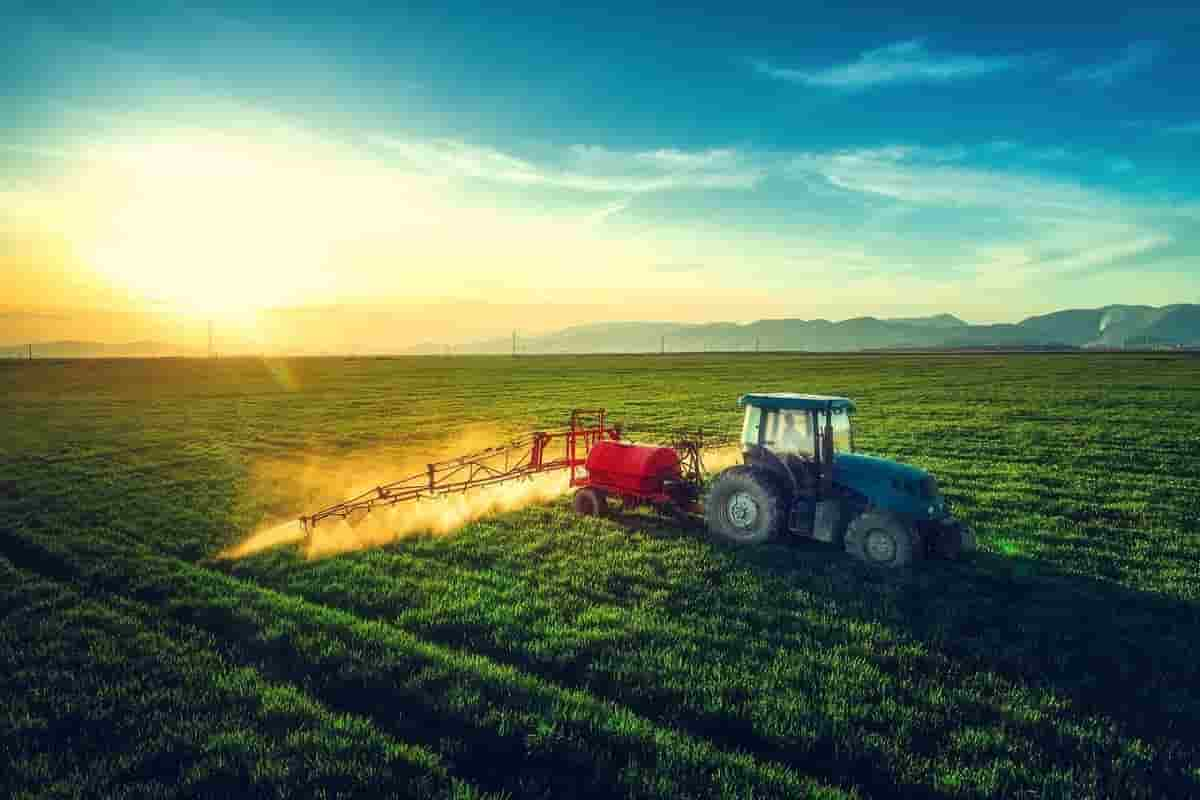
agriculture Industry and trade
Cloud-based precision software options provide any-time, any-where data access. Linking to high-powered computers and sophisticated software promises to streamline decision-making by making information available to key farm management players. Remote Integrated Display Access This term refers to the ability to access integrated machine displays remotely. As a result, support technicians may diagnose and fix problems without going to the field. Obviously, remote access is a huge timesaver and keeps tractors, combines and sprayers up and running when balky displays have halted field operations. Manufacturers call this capability various names, including Remote Display Access (John Deere), Remote Assistant (Trimble) and Virtual Wrench (Leica). Robots Research on robots continues to progress as engineers tackle reliability issues of the small task masters. Concept robots are nearing commercialization in Europe, though. One German robot is built to sense crop conditions, apply chemicals and even pull weeds. The University of Illinois has a similar program and students design these robotic workers. In contrast to operator-run equipment, robots are small and expected to be used in multiple numbers. Supervised or semi-autonomous vehicles Although not truly robotic, since they don’t replace the need for an operator, these systems allow the navigation system on a primary vehicle to temporarily take over steering and speed-control functions from a second vehicle’s operator. The goal is to improve efficiency and safety of critical field operations. Semi-autonomous systems from John Deere (Machine Sync) and Trimble were commercially available in 2012. Both systems allow combines to take control of tractors pulling grain carts to simplify on-the-go grain transfer. When the cart is filled, the tractor operator retakes control. Telematics Telematic systems use cellular modems to monitor machine performance and keep track of equipment in the field in real time. Increasingly, telematics systems are being offered as standard equipment on tractors, combines and sprayers as manufacturers look for ways to help customers boost efficiency and improve customer service and reduce warranty costs. Typically, telematics systems allow operators to monitor equipment locations in real time, as well as access a history of previous locations. They also record machine performance data and alert owners and/or dealers when problems occur. Unmanned aerial vehicle (UAV) or Drones Commonly known as drones, UAVs could become a low-cost precision ag scouting tool in the not-too-distant future. As electronics and communications device prices have fallen, companies catering to hobbyists have begun selling small fixed-wing and helicopter drones for as little as $500. 
agriculture Industry companies
These UAVs, which can be programmed to follow designated flight paths, are legal to operate as long as visual contact is maintained and altitude limits are followed. Already, a UAV manufacturer, DIY Drones (diydrones. com), has promised to introduce a helicopter with optics needed for crop scouting by the end of 2013. It is expected to have a price tag of under $1,000. Other UAVs, like the WineHawk platform, though priced higher, produce precise and consistent results. Variable-rate irrigation (VRI) Irrigation has become a bigger part of Midwest farming, especially in drought years like 2012. New technologies are making the practice more precise to conserve water and boost crop yields. Big-name manufacturing companies, such as Valmont, Reinke, and T-L Irrigation have come out with variable-rate-irrigation (VRI) equipment that automatically applies just the right amount of water to areas of a field that need it most. Rates are pre-programmed or “prescribed” based on field characteristics such as soil type, topography, and crops planted. Weed Resistance Management More than 20 different types of herbicide-resistant weeds now exist in Illinois and Iowa and nearly as many in surrounding Midwest states. Weed resistance has grown from a lambsquarters resistance to atrazine confirmed in Illinois and kochia resistance to atrazine confirmed in Iowa, both in 1985, to the high level of resistance today. Common waterhemp is the most prevalent herbicide-resistant weed in Illinois with Palmer amaranth quickly catching up. In Iowa, horseweed is the most widespread herbicide-resistant weed. 
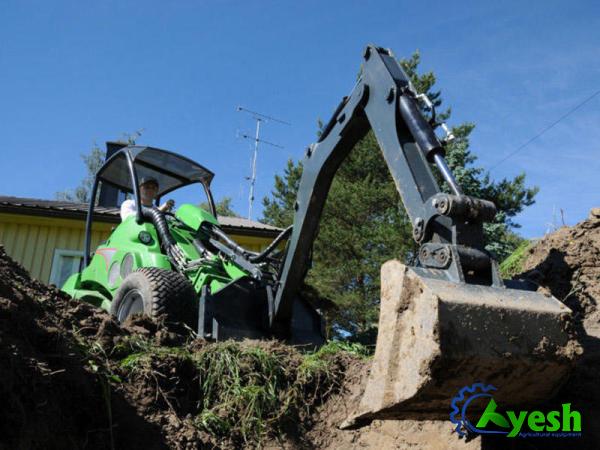
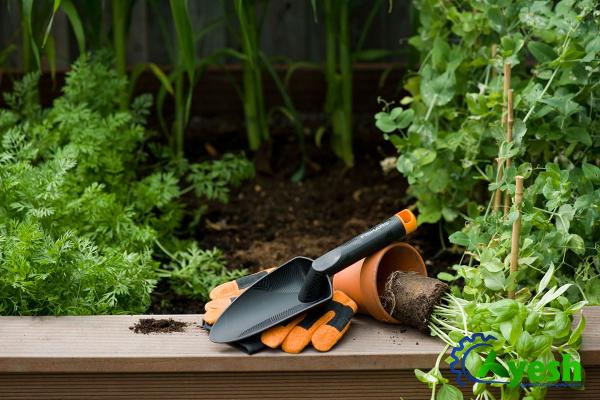
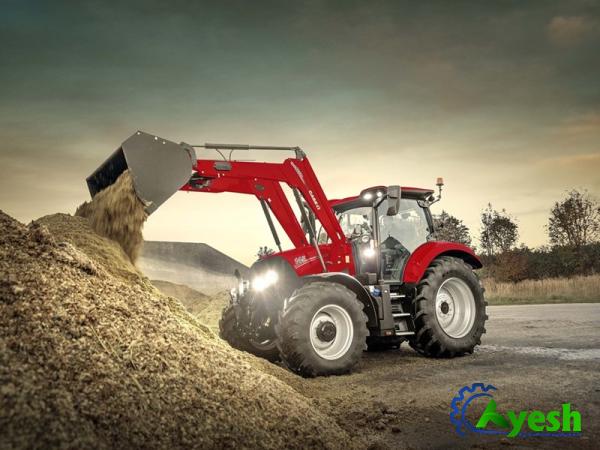

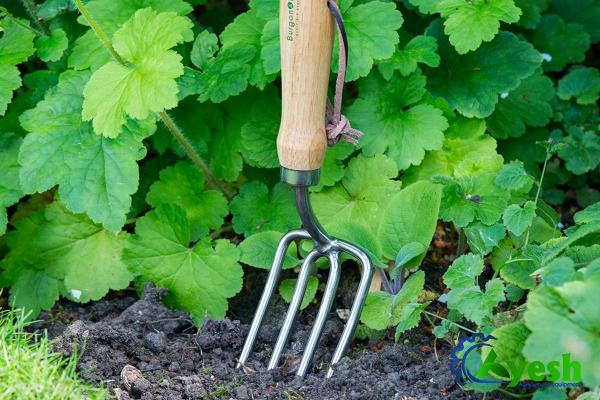

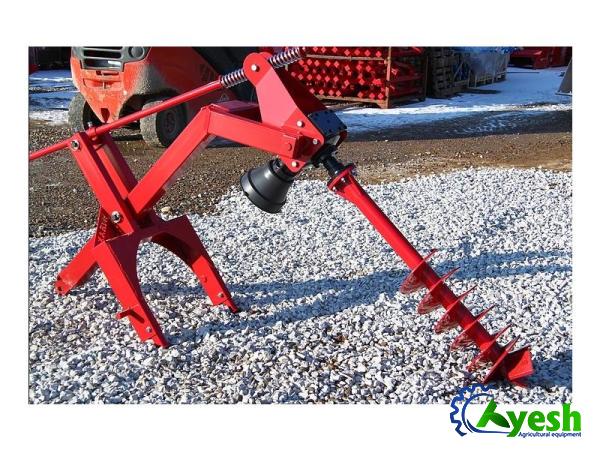



Your comment submitted.